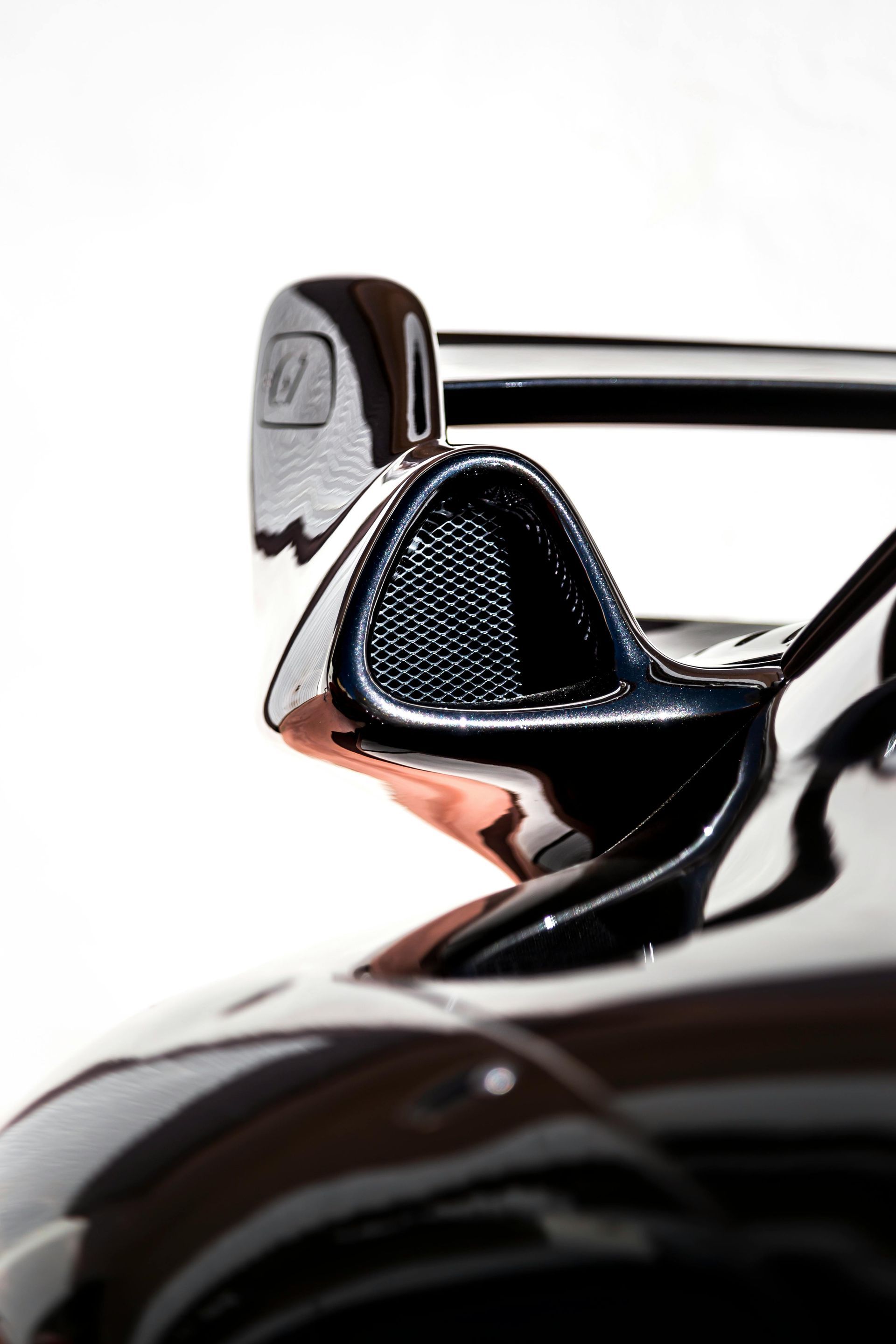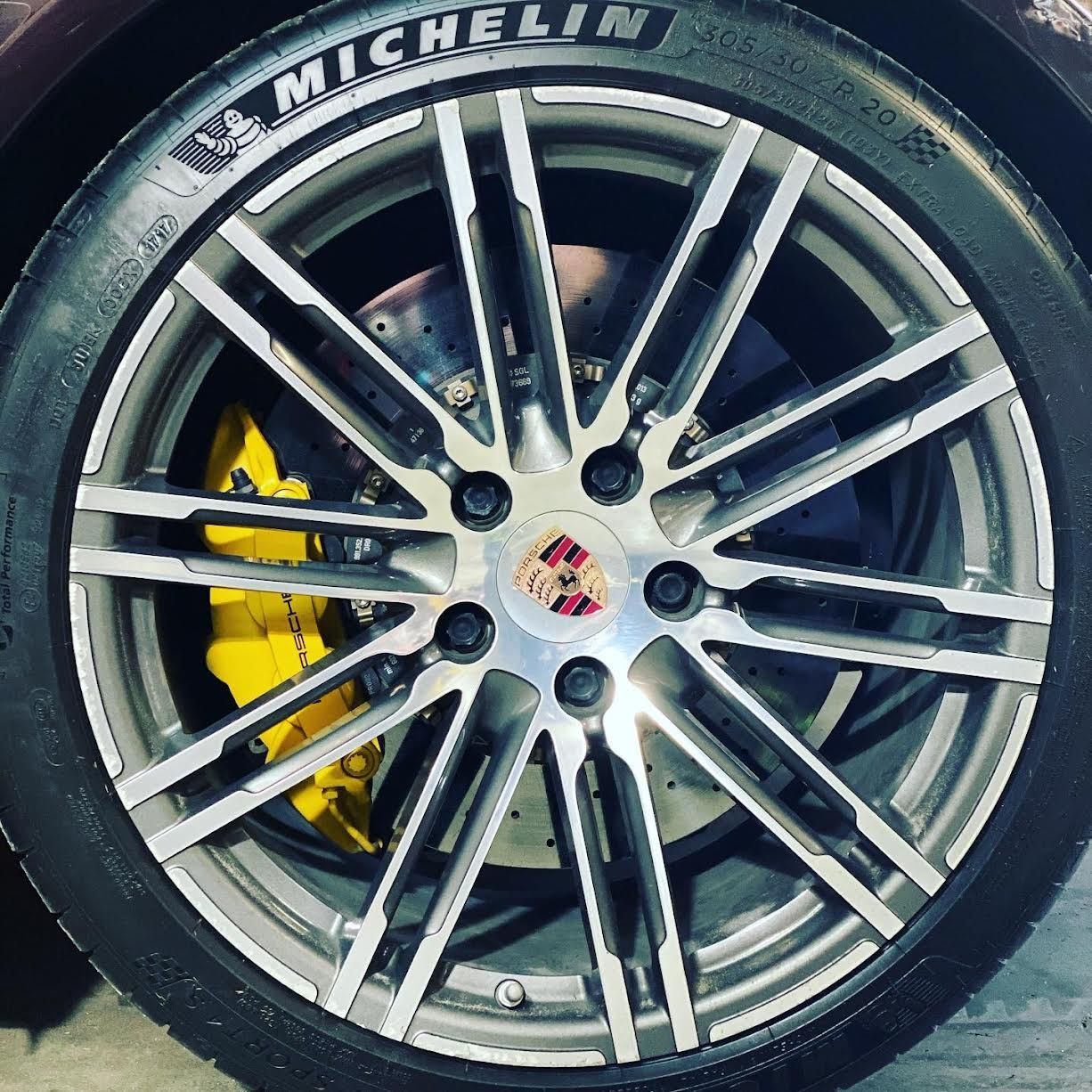Loading ...
Missing business hours data / Error occurred while getting the data.
Porsche PSM, What is it?
Porsche PSM System: A Revolution in Vehicle Stability and Performance

Porsche is synonymous with precision engineering, offering high-performance sports cars that deliver thrilling driving experiences. But behind the scenes, a suite of advanced technologies ensures that these machines maintain their legendary agility, stability, and handling under even the most demanding conditions. One such technology is Porsche's PSM System, or Porsche Stability Management.
In this blog, we’ll take a closer look at what PSM is, how it works, and how it helps elevate the driving experience in Porsche vehicles.
What is Porsche Stability Management (PSM)?
At its core, PSM is an advanced electronic stability control (ESC) system designed to optimize vehicle stability by monitoring and adjusting the car’s handling. It uses a range of sensors to assess various aspects of the vehicle’s movement, including speed, steering angle, yaw rate, and wheel slip. If it detects that the car is losing traction, PSM intervenes by applying selective braking or adjusting engine power to help the driver regain control.
PSM was first introduced by Porsche in the mid-1990s and has since evolved into a crucial part of the brand’s vehicle dynamics systems. While many modern cars are equipped with stability control systems, Porsche’s PSM stands out because it’s specifically tuned to maintain the high-performance characteristics of their sports cars while keeping the driver safe and in control.
How Does PSM Work?
The PSM system works by continuously monitoring key parameters, such as:
- Wheel Speed: Each wheel’s rotation is closely tracked to detect differences in speed that could signal slippage or loss of traction.
- Yaw Rate: This measures the rotation of the vehicle around its vertical axis. A difference between the intended trajectory and the actual trajectory can indicate instability, such as oversteer or understeer.
- Steering Angle: This sensor monitors how much the driver is turning the steering wheel. If the car is not responding as expected, the system intervenes to correct the behavior.
- Longitudinal and Lateral G-Forces: These forces measure the vehicle’s acceleration and deceleration, helping to assess stability during high-speed cornering or sudden braking.
Once the system detects any sign of instability—whether the vehicle is oversteering, understeering, or losing traction—it activates corrective measures. These measures typically involve:
- Selective Braking: If one or more wheels are slipping, PSM can apply the brakes to that specific wheel to help regain traction. For example, if the rear of the car starts sliding, braking the rear wheels can help stabilize the vehicle.
- Engine Power Adjustment: If excessive acceleration is detected and the car is losing grip, PSM can reduce engine power to prevent further loss of control. This can be especially helpful in slippery conditions or during aggressive driving.
Together, these actions help the car stay on its intended path, improving both safety and performance. Unlike some more intrusive systems, Porsche’s PSM is designed to intervene seamlessly and progressively, so the driver still retains control and can enjoy the dynamic driving experience for which Porsche is known.
PSM in Action: Performance and Safety Combined
The beauty of Porsche’s PSM system is that it enhances both safety and performance without compromising the joy of driving. Here are a few examples of how PSM helps Porsche vehicles perform at their best:
- Cornering: When taking a sharp turn at high speed, PSM ensures that the car doesn’t oversteer or understeer by adjusting power to the wheels or braking individual wheels. This allows the car to stay on course, even when the driver is pushing it to the limit.
- Wet or Icy Conditions: On slippery surfaces, like wet or icy roads, PSM steps in to prevent wheel slip and loss of control. By carefully modulating braking and power delivery, PSM helps the vehicle maintain stability, ensuring that the driver has more confidence in challenging conditions.
- Track-Ready Performance: For track enthusiasts, Porsche offers a more performance-oriented version of PSM that can be selectively tuned or partially deactivated, allowing for more freedom during spirited driving while still offering safety nets when needed. This makes the system ideal for both road driving and high-performance track days.
- Accident Prevention: The system also plays a crucial role in avoiding accidents. If the car starts to slide in an emergency maneuver, PSM can step in before the driver loses control, helping to prevent spins or crashes, especially when there’s a sudden need for evasive action.
PSM and Porsche’s Other Dynamic Systems
Porsche doesn’t stop at PSM. The brand integrates this system with a suite of other vehicle dynamics technologies to create a comprehensive and highly responsive driving experience. Some of these systems include:
- Porsche Torque Vectoring Plus (PTV Plus): This system works alongside PSM to deliver torque to individual wheels to help the car rotate more effectively through corners. This provides even more agility and precision when cornering at speed.
- Porsche Active Suspension Management (PASM): This system adjusts the car's suspension in real time to improve both comfort and handling, ensuring a smooth ride without sacrificing performance. It works in harmony with PSM to maintain vehicle stability, especially during aggressive driving.
- Porsche Dynamic Chassis Control (PDCC): Available on some models, PDCC reduces body roll during sharp cornering, further enhancing stability and improving the car's handling balance. Together with PSM, PDCC ensures that the car stays planted on the road, even during fast turns.
- Porsche Ceramic Composite Brakes (PCCB): These high-performance brakes offer greater stopping power, especially under extreme conditions. The integration of PCCB with PSM ensures that the car can stop efficiently even when the conditions demand maximum braking force.
PSM and Driver Engagement
A common misconception about stability control systems is that they can dull the driving experience. However, Porsche has carefully designed PSM to strike the perfect balance between performance and safety. The system is finely tuned to ensure that the car responds to the driver’s inputs while still providing a safety net when needed.
For experienced drivers who prefer to be more involved in managing the vehicle's dynamics, Porsche allows the option to adjust the level of intervention from the PSM system. In some models, the system can be fully deactivated, giving drivers the freedom to experience a pure, unfiltered driving experience. On the other hand, in challenging conditions, such as rain or snow, PSM can be fully engaged for maximum control and stability.
Conclusion: A Cornerstone of Porsche Performance
Porsche Stability Management (PSM) is one of the key technologies that sets Porsche apart in the automotive world. It allows the brand’s performance vehicles to maintain their signature handling characteristics, while also providing the driver with enhanced safety and confidence. Whether on the road or track, PSM ensures that Porsche drivers can enjoy every corner, straight, and twist without worry, knowing that their car is intelligently managing stability for peak performance.
As the performance car world continues to evolve, Porsche’s commitment to integrating advanced technologies like PSM will ensure that its vehicles remain at the cutting edge of both safety and driving excitement.
Make an Online Appointment
Click the button below to proceed.
CALL US NOW: (904) 467-0838
Loading ...
Missing business hours data / Error occurred while getting the data.
New Paragraph
Loading ...
Missing nap lines data / Error occured while getting the data.









